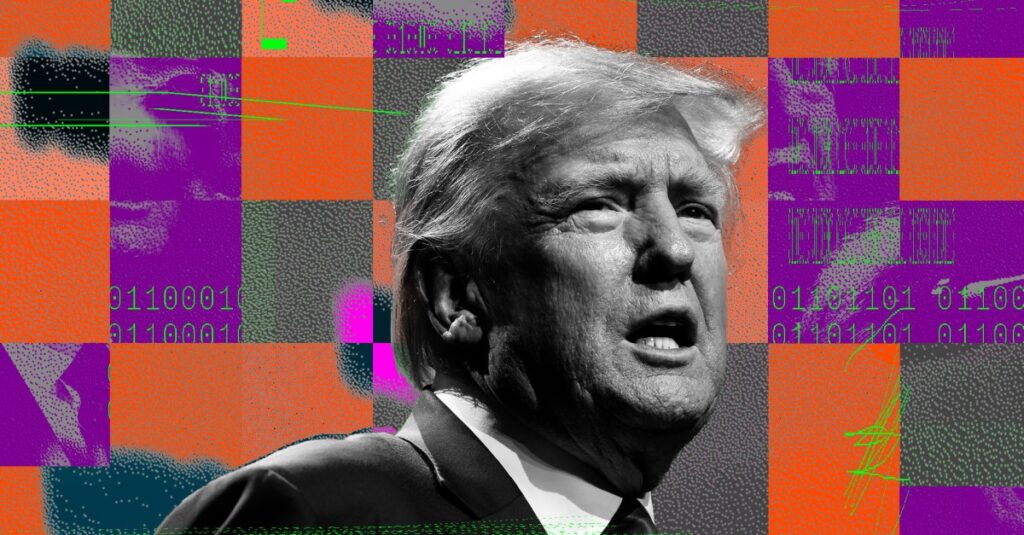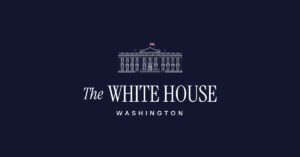
AT&T has refuted claims that its network was responsible for technical difficulties during a conference call involving former President Donald Trump and faith leaders across the United States. The telecommunications giant instead pointed to an unnamed “conference call platform” as the source of the problem.
The issue came to light on Monday when Trump took to Truth Social to express frustration over the disrupted call, which reportedly included “tens of thousands of people on the line.” He criticized AT&T, suggesting that the company’s inability to ensure smooth operation was a recurring problem, stating, “this is the second time it’s happened.”
In response to the incident, AT&T swiftly reached out to the White House to “quickly understand and assess the situation,” according to a statement made on X by White House Press Secretary Karoline Leavitt. By 6:53 PM ET, AT&T announced that their “initial analysis indicates the disruption was caused by an issue with the conference call platform, not our network.”
Background and Context
This is not the first time technical issues have plagued high-profile conference calls. Such disruptions can often be attributed to the complex nature of handling large-scale virtual meetings, where multiple systems and platforms must work seamlessly together. The telecommunications industry has faced similar challenges in the past, particularly as remote communication surged during the COVID-19 pandemic.
AT&T, one of the largest telecommunications companies in the United States, has been under scrutiny before for network reliability. However, the company maintains that its infrastructure is robust and capable of handling high-demand scenarios.
AT&T’s Response and Industry Implications
AT&T’s decision to blame the conference call platform rather than its own network highlights the intricate ecosystem of modern communication technologies. The company has not disclosed which platform was used, leaving questions about the specific technical failures that occurred.
According to industry experts, such incidents underscore the importance of robust testing and coordination between service providers and platform developers. “In a world increasingly reliant on digital communication, ensuring interoperability and reliability is crucial,” said Dr. Emily Carter, a telecommunications analyst.
“Our initial analysis indicates the disruption was caused by an issue with the conference call platform, not our network.” – AT&T Statement
Future Steps and Considerations
Following the incident, Trump suggested that future calls might involve a different carrier, indicating potential shifts in how such events are managed. This could lead to increased scrutiny and competition among service providers to ensure they can meet the demands of high-profile clients.
Meanwhile, AT&T has committed to further investigating the issue to prevent similar disruptions in the future. The company is working diligently to understand the root cause and improve coordination with conference call platforms.
The White House has not commented on the incident, leaving the public to speculate on the potential impact of these technical difficulties on future communications involving government officials and large audiences.
As the telecommunications landscape continues to evolve, companies like AT&T will need to adapt and innovate to maintain reliability and customer satisfaction in an era where seamless digital communication is more critical than ever.







